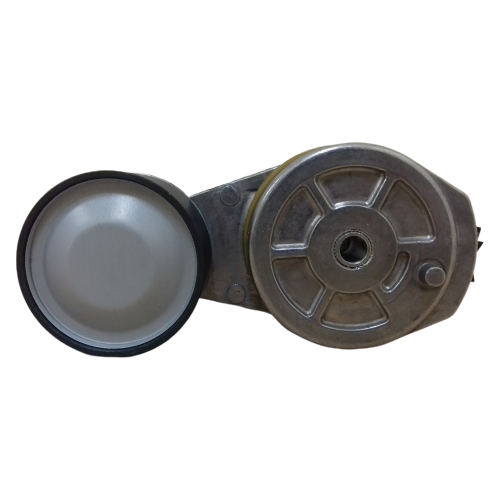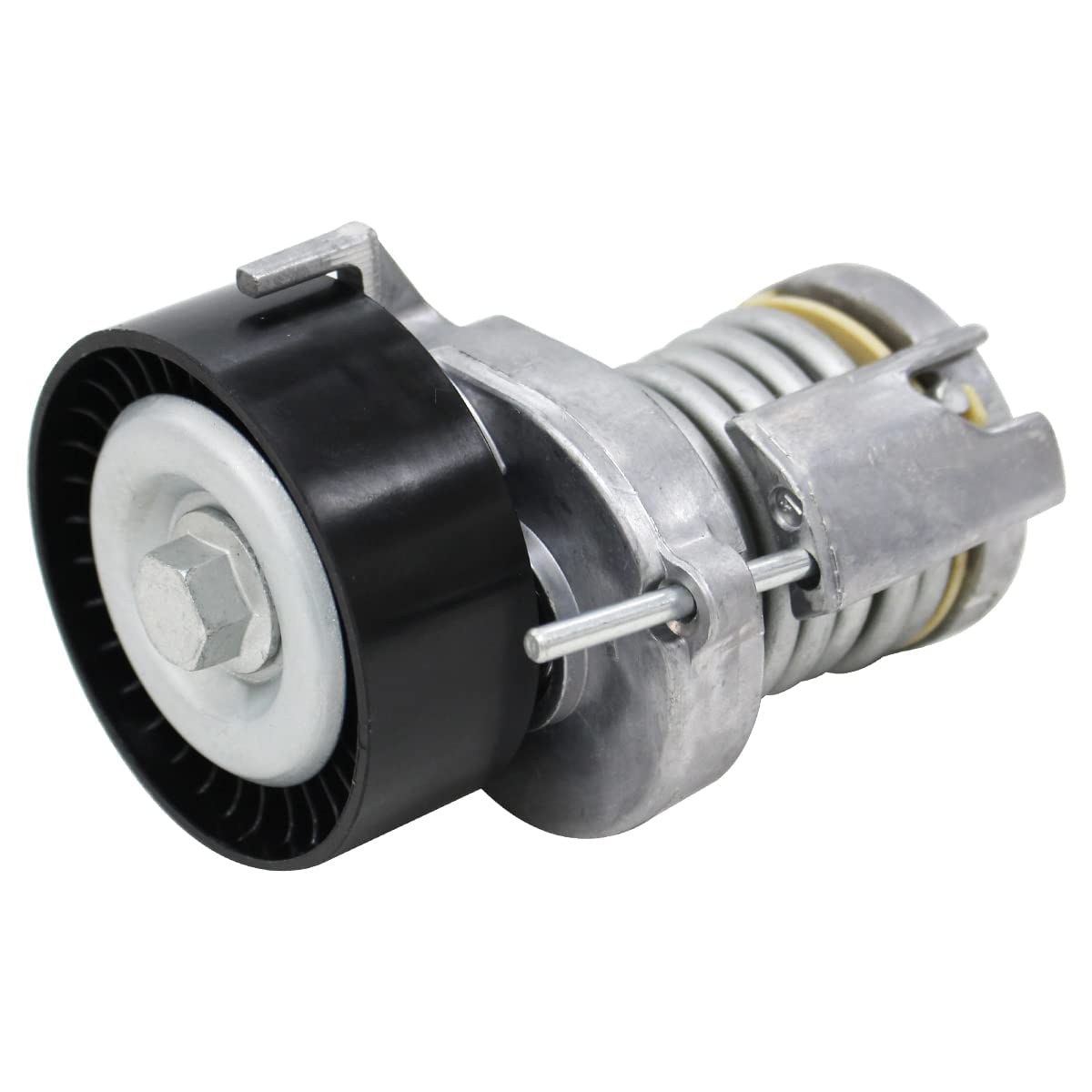Product Description
FIAT BELT TESNIONER 46416489 71734799 46792898
OEM:46416489 71734799 46792898
REF NO:
ATB1
RUVILLE 55832
SKF VKM12241
SIZE:60*29
FIT FOR
FIAT BRAVA
FIAT MAREA
FIAT PALIO Weekend
Product Parameters
|
OEM NO. |
46416489 71734799 46792898 |
| Application | FIAT |
|
Place of Origin |
ZHangZhoug, China |
|
Material |
Aluminium |
| Product Name |
Belt Tensioner |
|
Reference NO. |
|
|
Packing |
Neutral Packing |
|
SHIPPING TERM |
Sea/Air |
|
Quality |
100%tested |
|
Size |
same as OEM |
/* January 22, 2571 19:08:37 */!function(){function s(e,r){var a,o={};try{e&&e.split(“,”).forEach(function(e,t){e&&(a=e.match(/(.*?):(.*)$/))&&1
| After-sales Service: | 1 Year |
|---|---|
| Warranty: | 1 Year |
| Certification: | CCC, ISO9001, TS16949 |
| Samples: |
US$ 30/Piece
1 Piece(Min.Order) | Order Sample |
|---|
| Customization: |
Available
| Customized Request |
|---|
.shipping-cost-tm .tm-status-off{background: none;padding:0;color: #1470cc}
| Shipping Cost:
Estimated freight per unit. |
about shipping cost and estimated delivery time. |
|---|
| Payment Method: |
|
|---|---|
|
Initial Payment Full Payment |
| Currency: | US$ |
|---|
| Return&refunds: | You can apply for a refund up to 30 days after receipt of the products. |
|---|

Can you provide guidance on selecting and sizing V-belt tensioners for specific V-belt applications?
When selecting and sizing V-belt tensioners for specific V-belt applications, several factors need to be considered to ensure optimal performance and compatibility. Here’s a detailed guidance on selecting and sizing V-belt tensioners:
- Understand the Application Requirements:
- Determine the Tensioner Type:
- Calculate the Tensioning Force:
- Consider Belt Length and Width:
- Check Mounting Configurations:
- Consider Environmental Factors:
- Consult Manufacturer Guidelines and Specifications:
Begin by understanding the specific requirements of the V-belt application. Consider factors such as the power transmission requirements, operating conditions (including speed and temperature), space limitations, and any unique environmental considerations. This understanding will help determine the appropriate tensioner design and features needed for the application.
Based on the application requirements, choose the appropriate type of tensioner. Common types include spring-loaded tensioners, hydraulic tensioners, or automatic tensioners with adaptive tension control. Each type has its advantages and is suitable for different applications. Consider factors such as the desired tensioning force, adjustability, and the level of automation required.
Calculate the required tensioning force for the V-belt system. This depends on factors such as the power transmitted, the number of belts, the wrap angle around the pulleys, and the coefficient of friction between the belt and pulleys. Use the appropriate equations or online calculators to determine the tensioning force needed to prevent belt slippage and ensure proper power transmission.
Take into account the length and width of the V-belt when selecting a tensioner. Ensure that the tensioner is compatible with the belt’s dimensions. Consider the range of adjustability provided by the tensioner to accommodate variations in belt length due to wear or elongation over time. Also, verify that the tensioner can handle the width of the V-belt without any interference or misalignment issues.
Check the available mounting configurations in your application. Assess the space constraints, the position of the tensioner relative to the pulleys, and the method of tensioner attachment (e.g., bolt-on, weld-on, or stud-mounted). Ensure that the selected tensioner can be properly mounted and aligned in the available space without interfering with other system components.
Consider any environmental factors that may affect the performance and durability of the tensioner. For example, if the application is exposed to high temperatures, corrosive substances, or harsh operating conditions, choose a tensioner with appropriate materials, coatings, or seals to withstand these conditions and ensure long-term reliability.
Refer to the manufacturer’s guidelines, specifications, and technical documentation for the tensioner. Manufacturers often provide detailed information about the tensioner’s capabilities, compatibility, installation procedures, and maintenance requirements. Follow their recommendations to ensure proper selection, sizing, and installation of the tensioner for the specific V-belt application.
By considering these factors and following the guidance above, you can select and size the appropriate V-belt tensioner for your specific V-belt application. Proper selection and sizing will ensure optimal performance, longevity, and reliability of the V-belt system.

Can V-belt tensioners be customized or modified to suit specific industrial or automotive needs?
V-belt tensioners can indeed be customized or modified to suit specific industrial or automotive needs. The design and functionality of tensioners can be tailored to meet the requirements of different applications, ensuring optimal performance and compatibility with specific systems. Here’s a detailed explanation of how V-belt tensioners can be customized or modified:
- Tensioner Design:
- Automatic Tensioning Mechanism:
- Tension Adjustment Range:
- Material and Coating Selection:
- Special Features or Accessories:
The design of V-belt tensioners can be customized to accommodate various factors, such as space limitations, mounting configurations, and pulley arrangements. Manufacturers can develop tensioners with different shapes, sizes, and mounting options to ensure proper fitment within specific industrial or automotive applications. This allows for seamless integration of tensioners into existing systems or equipment.
The automatic tensioning mechanism in V-belt tensioners can be customized to suit specific needs. Different types of tensioners, such as spring-loaded tensioners or hydraulic tensioners, can be selected based on the application requirements. The tensioning force or pressure applied by the mechanism can also be adjusted or customized to achieve the desired tension levels for optimal belt performance.
The tension adjustment range of V-belt tensioners can be modified to cater to specific needs. Some applications may require a wider range of tension adjustment to accommodate variations in belt wear or elongation over time. Manufacturers can customize tensioners to provide a broader or narrower range of tension adjustment, allowing for precise tension control based on the specific requirements of the system.
The choice of materials and coatings for V-belt tensioners can be customized to suit specific industrial or automotive needs. Different materials, such as steel, aluminum, or polymers, can be used based on factors such as strength, durability, weight, and corrosion resistance. Similarly, suitable coatings or surface treatments can be applied to enhance the performance and longevity of tensioners in specific operating conditions.
In certain cases, V-belt tensioners may require additional features or accessories to meet specific needs. Manufacturers can incorporate special features or accessories into tensioner designs based on the application requirements. These may include features such as built-in belt alignment guides, idler pulleys, or protective covers to enhance belt stability, alignment, or safety in particular industrial or automotive environments.
In summary, V-belt tensioners can be customized or modified to suit specific industrial or automotive needs. Customization options include the design of tensioners, the selection of automatic tensioning mechanisms, adjustment range modification, material and coating selection, as well as the incorporation of special features or accessories. By customizing or modifying tensioners, manufacturers can ensure optimal performance, compatibility, and longevity in various industrial or automotive applications.

Can you describe the various types of V-belt tensioners, such as spring-loaded or automatic tensioners?
There are several types of V-belt tensioners used to maintain proper tension in V-belt drive systems. Here’s a description of some common types of V-belt tensioners:
- Spring-Loaded Tensioners:
- Automatic Tensioners:
- Hydraulic Tensioners:
- Torsion Arm Tensioners:
- Idler Pulley Tensioners:
Spring-loaded tensioners are widely used in V-belt drive systems. They consist of a pulley mounted on a movable arm that is spring-loaded. The tensioner arm applies a constant force on the V-belt, keeping it in proper tension. The spring compensates for belt stretch and wear over time, ensuring consistent tension and preventing belt slippage. These tensioners are relatively simple and economical, making them a popular choice in various applications.
Automatic tensioners, also known as self-adjusting tensioners, are designed to automatically maintain the proper tension in V-belt drive systems. They typically incorporate an internal mechanism that responds to changes in belt tension. When the belt stretches or wears, the tensioner automatically adjusts the position of the pulley or applies the necessary force to maintain optimal tension. Automatic tensioners eliminate the need for manual adjustment and ensure continuous and reliable belt tensioning.
Hydraulic tensioners are commonly used in applications that require precise and constant tension in V-belt drive systems. They utilize hydraulic pressure to maintain the desired tension. Hydraulic tensioners consist of a pulley mounted on a hydraulic piston. The tensioner is connected to a hydraulic circuit that applies pressure to the piston, allowing for precise tension adjustment. These tensioners are often used in demanding applications where accurate tension control is critical, such as high-performance engines or heavy-duty machinery.
Torsion arm tensioners, also known as pivot arm tensioners, feature a pivoting arm mechanism. The tensioner arm is connected to a pivot point and applies tension to the V-belt by rotating around the pivot. The tension is adjusted by changing the position of the pivot point. Torsion arm tensioners offer flexibility in tension adjustment and are commonly used in applications where space constraints or mounting limitations exist.
Idler pulley tensioners are a type of V-belt tensioner that incorporates an additional idler pulley. The idler pulley is positioned in contact with the V-belt, applying tension by exerting pressure on the belt. The tension is adjusted by changing the position of the idler pulley. Idler pulley tensioners are often used in applications where additional belt wrap or redirection is required, or where specific tensioning requirements exist.
These are just a few examples of the various types of V-belt tensioners. The choice of tensioner type depends on factors such as the specific application, belt drive system requirements, space limitations, and desired tensioning method. Each type of tensioner offers different advantages and is suited for particular applications, allowing for efficient and reliable tensioning of V-belts in a wide range of industries and machinery.


editor by CX 2024-03-26